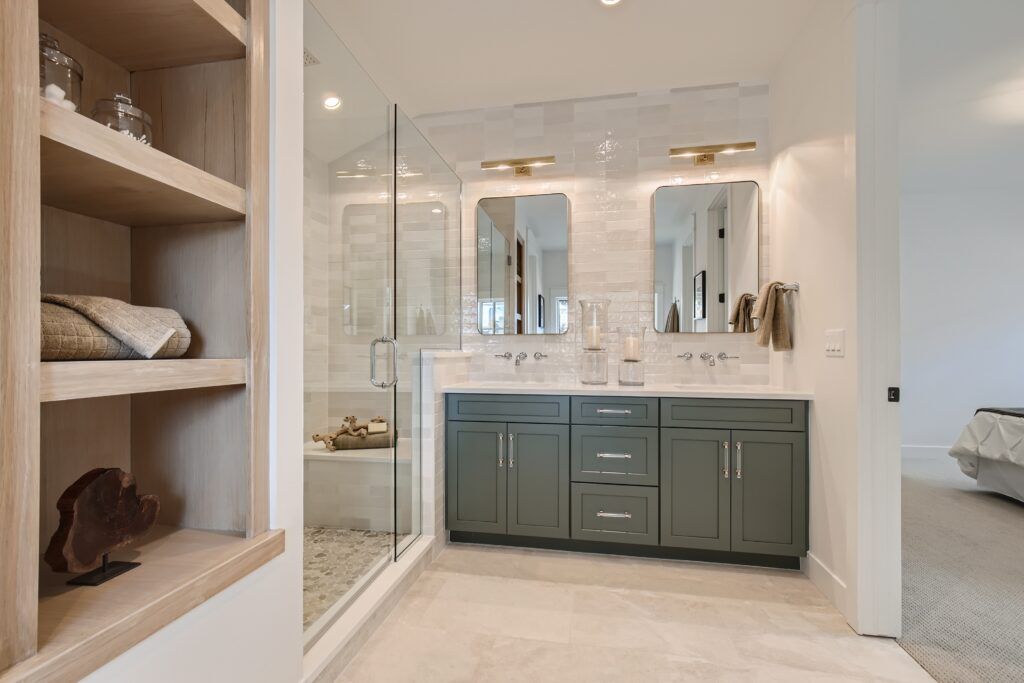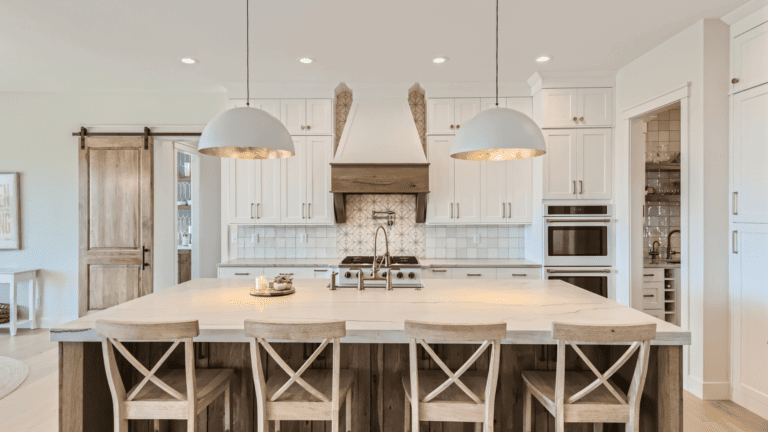Staging a home to sell doesn’t have to blow your budget. Sure, you need an expert eye to help your listing shine, but thanks to technology, virtual staging is an affordable and modern way to do so.
Over the last few years, the real estate industry has seen changes in almost every area.
Websites like Zillow and Realtor.com are how most home buyers look for listings that catch their eye. That’s why virtual staging has become an excellent option for digitally displaying a home. Keep reading to learn more about virtual staging for real estate and how it can help you stand out as an agent.
What is virtual staging?
Far from the heavy lifting of traditional staging, virtual staging doesn’t involve physically adding any furniture or décor to a listing.
It begins with high-quality digital photos taken of the space, usually empty. Then, a virtual stager uses photo-editing software to style and stage the home. Like traditional staging, it helps buyers see the home’s potential.
Who is virtual staging for?
Virtual staging may not be the perfect solution for every home on the market, but it is a great option for many.
If you are working with a vacant home, virtual staging is an excellent option. It is easy to digitally add décor to a blank canvas rather than over existing furniture and clutter.
Virtual staging may not be the best option if you are working with a cluttered space. Instead, encourage the homeowners to minimize objects and free up space. There is a delicate balance between an empty home and an overwhelmingly full home—neither tends to appeal to buyers.
Pros of virtual staging
- Save money and time: Although virtual staging is a cost added to your marketing budget, it is more affordable than traditional staging and takes less time.
- Create a modern style: Regardless of a homeowner’s preferences, you can create a modern and appealing style with virtual staging. Sometimes homeowners can be attached to keeping their style and possessions for showings, but with virtual staging, the artist can pick what will appeal to a variety of buyers.
- Clutter-free: Clutter is a big deterrent for shoppers, but with virtual staging, they can see an empty space and images of a decorated space. It may be easier for some to visualize their own style without distractions.
Cons of virtual staging
- In-demand: Virtual staging is growing in popularity, so make sure to hire a virtual stager with plenty of lead time. Although virtual staging takes less time than traditional staging, you need to factor in availability.
- Misleading: It is important to be upfront with potential buyers to ensure they know the virtual staging will not appear in person. They may love the style of a home and be caught off guard when they see it empty. It also means no furniture or décor can be included in a sale.
- Doesn’t appeal to in-person showings: Although an empty space is clutter-free, it can appear smaller or cold to potential buyers. It is a good idea to bring printed images from the virtual staging.
- Can look cheesy if not done well: We have all seen digital editing that’s gone wrong. Make sure you hire a professional virtual stager with experience to ensure your listing looks great.
Let Virtuance help you prepare for virtual staging
Working with a real estate photographer is the first step in successful virtual staging. Virtuance offers professional real estate photography with guaranteed high-quality images to help you stay steps ahead of your competition.
FAQs
Virtual staging is a good marketing strategy anytime you want to gain more interest in a listing, schedule more showings, and highlight a home’s potential. With the current real estate market being mainly online, it’s a great time to take advantage of technology.
Absolutely. Staging is a proven method to help showcase the value and beauty of a home. Virtual staging is a reasonably affordable option to put your best foot forward on a digital listing. It will help potential home buyers stop their scroll and visualize the potential of an otherwise empty home.







